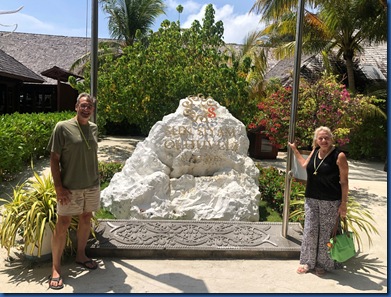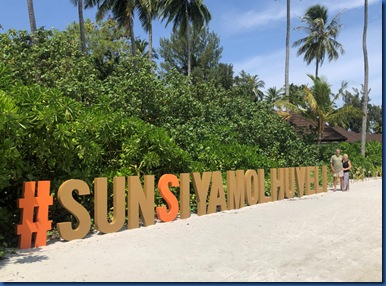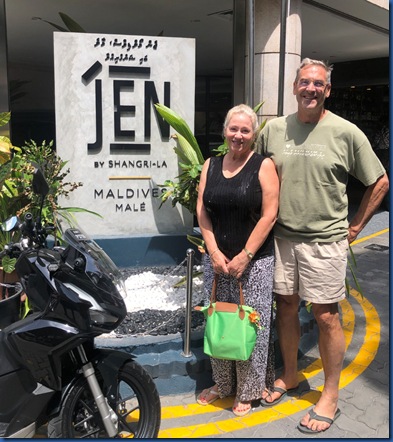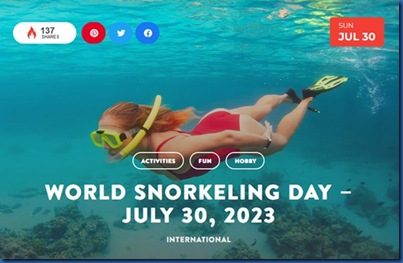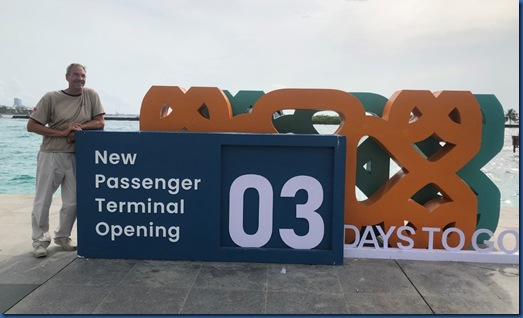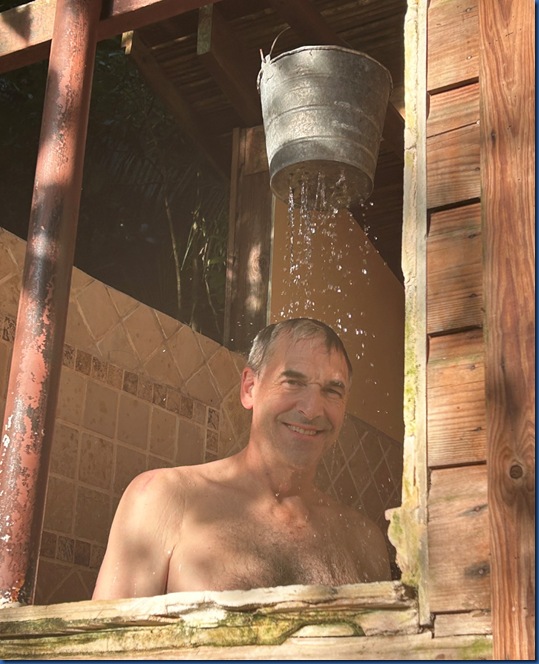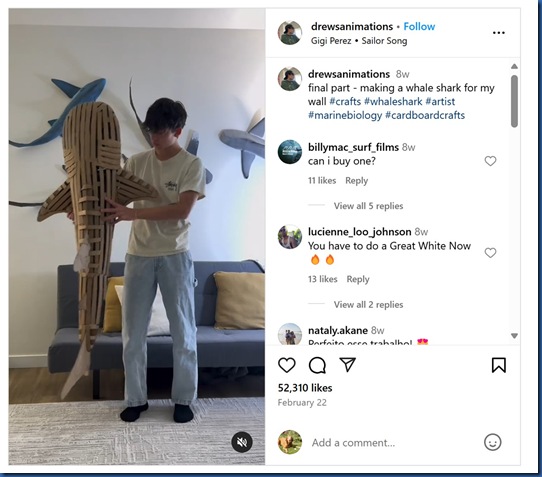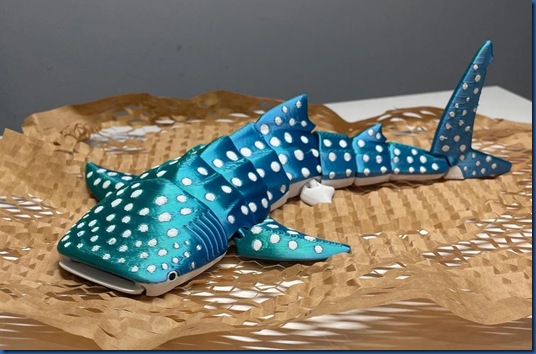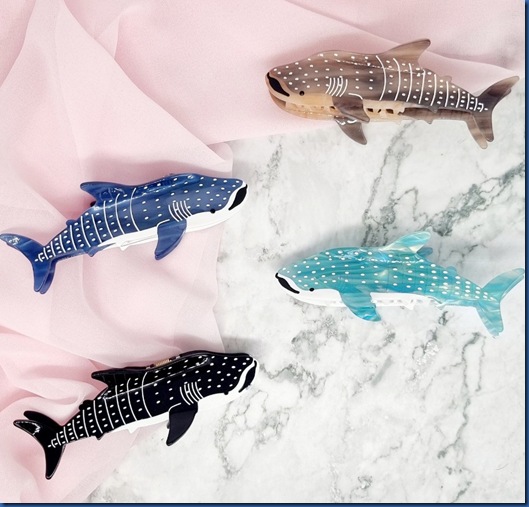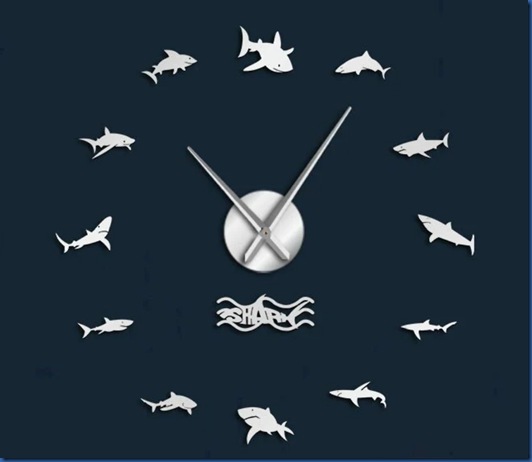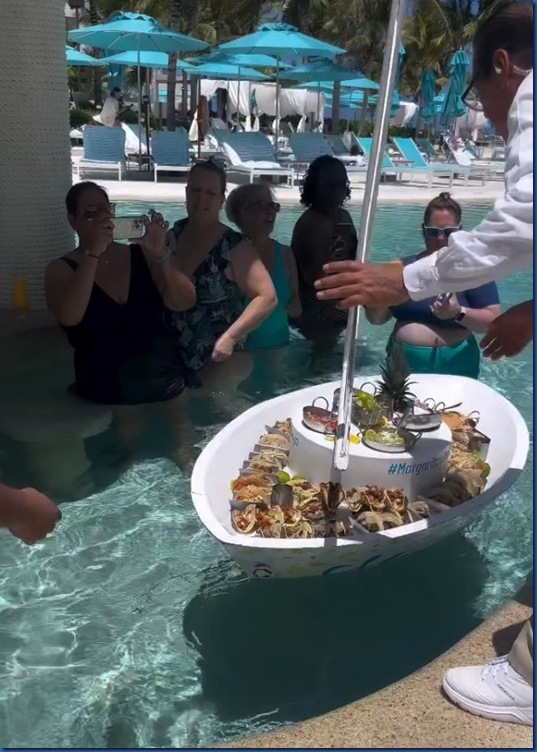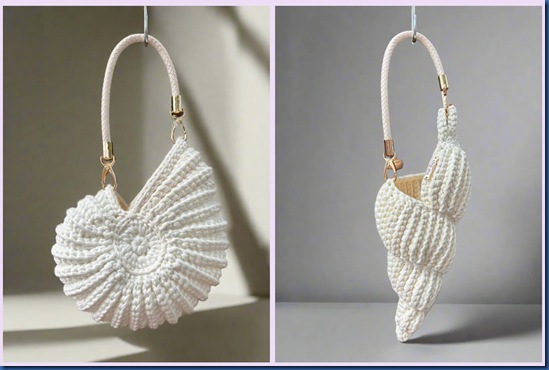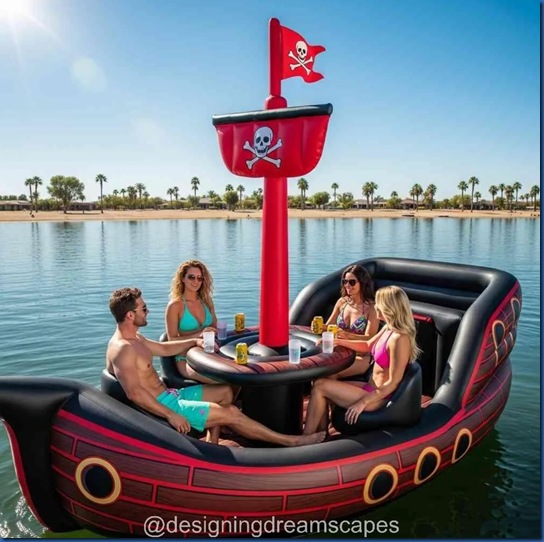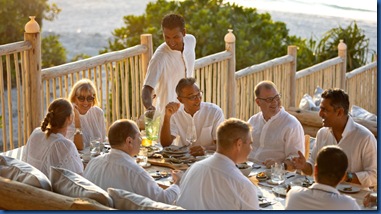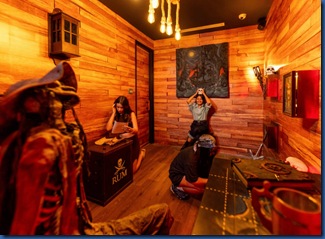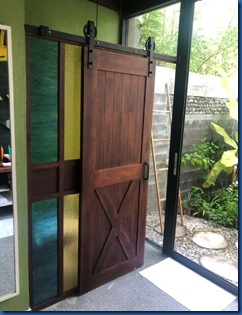Having trouble even choosing what type of Maldives resort go to? Consider Sun Siyam Olhuveli which kind of offers the best-of-both across a number of criteria:
- Large and Small – By linking 3 different islands you can have the experience of strolling around the perimeter of your own smaller island before cocktails, but also have access to an expansive array of activity, amenities and restaurants available across all three (in fact, the property features 23 dining outlets).
- Family and Adults-only – The main island of Olhuveli remains a very family-focused property (with a large kids club that has different activities every hour of every day), but the Romance island is adults-only for those who prefer more mature solace.
- Lagoon and House Reef – The main island and Dream Island form a very protected lagoon for those who prefer the sheltered shallow calm of ocean swimming, but the main entry side features a very accessible house reef in one direction and another lagoon packed with coral croppings for easy and sight-packed snorkeling. You are also a 15 minute boat ride from the South Male Atoll’s best dive site, Kandoom Thila, where we happened upon a group of 27 (!) eagle ray (and the group the day before saw over a dozen grey sharks)
- Chill and Vibrant – Similarly, Olhuveli is very active and vibrant, Dream island has few things going on, and Romance is completely chill for those who like to dial up their own particular level of energy. The Romance Bar offers an idyllically peaceful adults-only bar and infinity pool with an expansive view of the turquoise-dappled waters.
- Budget and Luxury – The resort offers duplex villas distinctively situated next to the Maldives’ longest swimming pool under $400/night with an attractive AI plan, but also features premium restaurants with such gourmet delights as lobster sushi. We enjoyed a lovely wine tasting featuring a range of interesting wines (the Level 3 sommelier Sathish informed us that he favours floral wines at the resort because they tend to be enjoyable in the heat.
Sun Siyam Olhuveli has long been a top choice for a quality value-for-money option, and with the addition of Dream Island and Romance Island, the options and value have expanded even further so you can have your cake and eat it to.

